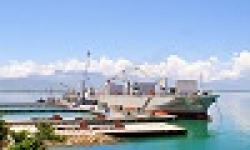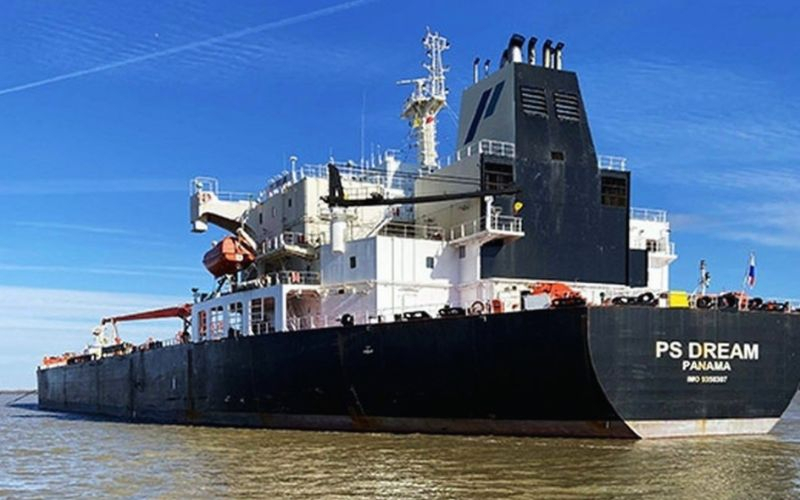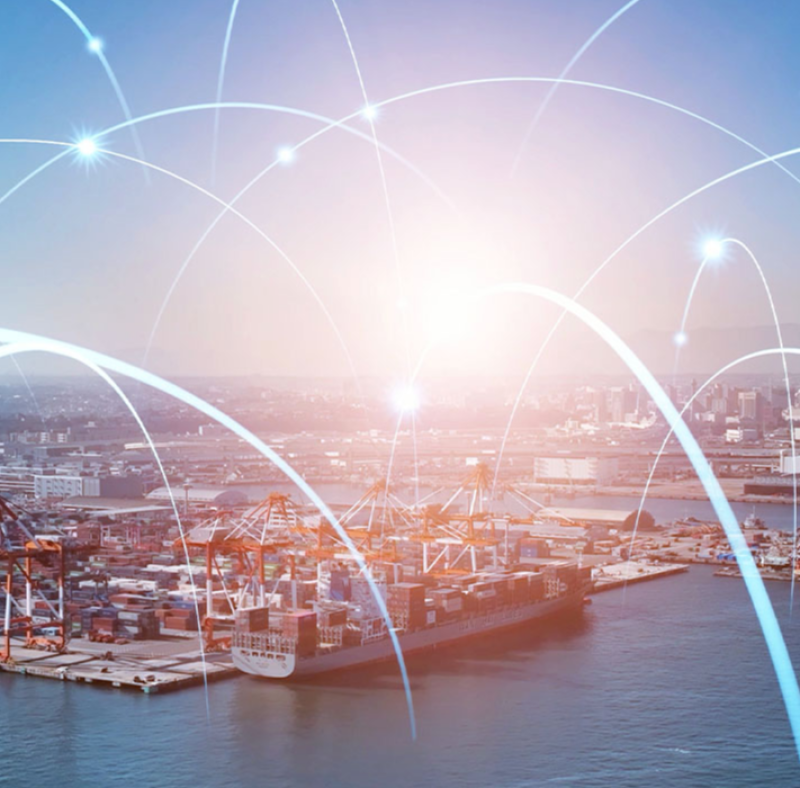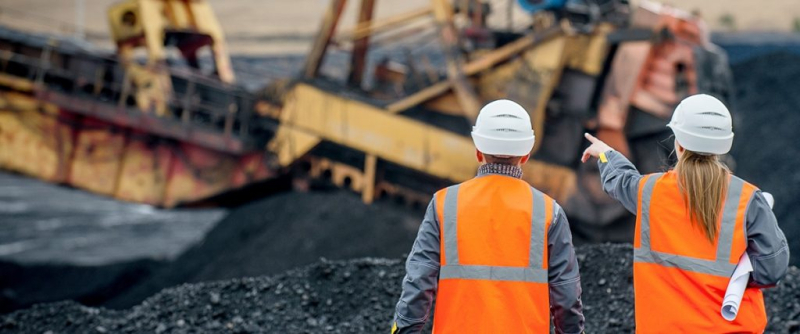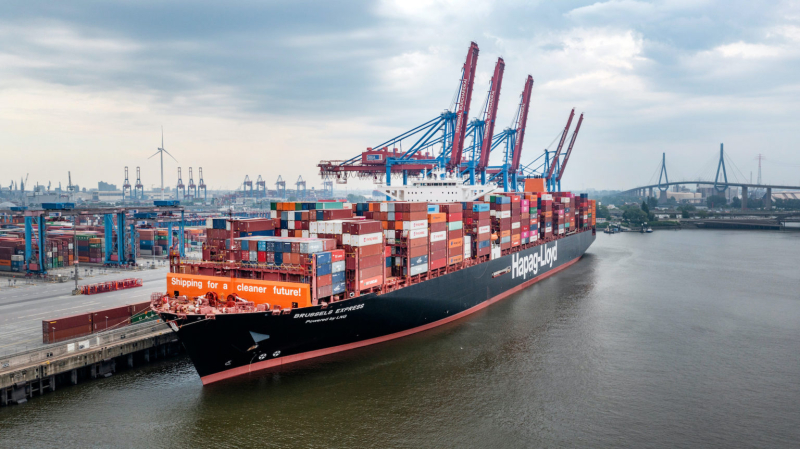The Korean shipbuilding industry is bracing for a hit from the International Maritime Organization's (IMO) new greenhouse gas regulations and the United States Trade Representative's (USTR) targeted actions to restore American shipbuilding.
First, the IMO decided to introduce a new standard for greenhouse gas fuel intensity (GFI) at the 83rd session of the Marine Environment Protection Committee held last month to reduce greenhouse gas emissions by 20 percent by 2030 and 70 percent by 2040 compared to a 2008 baseline, with the goal of achieving net zero emissions by 2050. Referring to carbon dioxide emissions per unit energy of ship fuel (gCO2eq/MJ), starting from January 2028, members must meet relevant thresholds that decrease annually.
GFI is calculated by summing up all greenhouse gases emitted by a particular ship every year throughout the entire lifecycle of the fuel, from its extraction, production, transportation and combustion (the so-called well-to-wake).
Just as the IMO’s target to achieve net zero emissions was set, the U.S. was about to create a new set of challenges. As a follow-up to the Executive Order titled “Restoring America's Maritime Dominance” issued by President Donald J. Trump on April 9, on April 19, the USTR used Section 301 of the Trade Act of 1974 to counter China's increasing dominance in the maritime industry, maritime logistics and shipbuilding sectors.
Section 301 provides a domestic procedure through which interested parties may petition the USTR to investigate a foreign government act, policy or practice and take appropriate action. The key purpose was to impose fees on Chinese-flagged ships and Chinese-made ships entering the United States. The United States, starting from October 2025, will gradually charge higher rates per ton of cargo as entry fees to keep China’s maritime power in check.
Markets are already reacting to the announcements. In line with stiffer IMO regulations, demand in the shipbuilding industry has been transitioning not only to LNG dual-fueled and methanol-fueled ships, but also to other alternative low-carbon options such as ammonia and liquefied carbon dioxide carriers. Markets are reacting even faster to find alternatives to Chinese shipyards to stay under the USTR’s radar. Late in March 2025, a United States oil company postponed its order for a liquefied natural gas bunkering vessel (LNGBV) from a Chinese shipyard. In addition, according to some foreign media reports, European shipping companies are contemplating ordering 20 ships from European builders.
In light of these developments, it is time for the Korean shipbuilding industry to make strategic moves. The announcements from the IMO and the USTR will drive demand for alternative shipyards while also fostering demand for shipbuilding and ship remodeling processes that are highly efficient and low-carbon. This will create ample opportunities not only for shipyards but also for suppliers of relevant equipment and materials across the supply chain. The demand for mixed biofuels, better fuel efficiency, propulsion systems with built-in GHG reduction technologies, digital monitoring solutions, dual-fuel engines, and onboard carbon capture will increase over time.
Despite increasing competition with other countries with lower-cost production, the Korean shipbuilding industry has many opportunities ahead. Hanwha Ocean is developing ammonia gas turbines, while maintaining the world's No. 1 market share for super-large container ships.
Samsung Heavy Industries, where 86 percent of total orders are for ships using eco-friendly fuels, is stepping up to unveil a new era of onboard-carbon-capture-and-storage ships, increase supply of fully autonomous operation solutions and develop ammonia fuel cells. HD Group is also building a super-large container ship/LPG carrier equipped with a dual-fuel engine that can use both traditional fuel and LNG/ammonia.
Demand for replacing, maintaining, and altering existing ships is also expected to rise, mainly for ships older than 15 years. Suppliers of dual-fuel engines, which account for more than 10 percent of a ship's price, are already seeing record-breaking revenues in their financial statements. Korean companies that can do a quick fix to turn traditional ships into eco-friendly ships will reap the benefits.
According to Clarksons Research, a shipbuilding and shipping analysis firm, only 7.7 percent of ships operating worldwide used alternative fuels in 2023. At the core of the issue is that low-carbon fuels carry high price tags. The price of methanol, a carbon-free fuel, is more than three times higher than that of fossil fuels, and the price of biofuels that can be mixed with fossil fuels is more than twice that of bunker fuel. Korean shipyards are facing a make-or-break moment on whether they can secure a diversified portfolio of eco-friendly technologies with low price tags to set them apart from their competitors, hopefully before the new IMO targets take effect.



